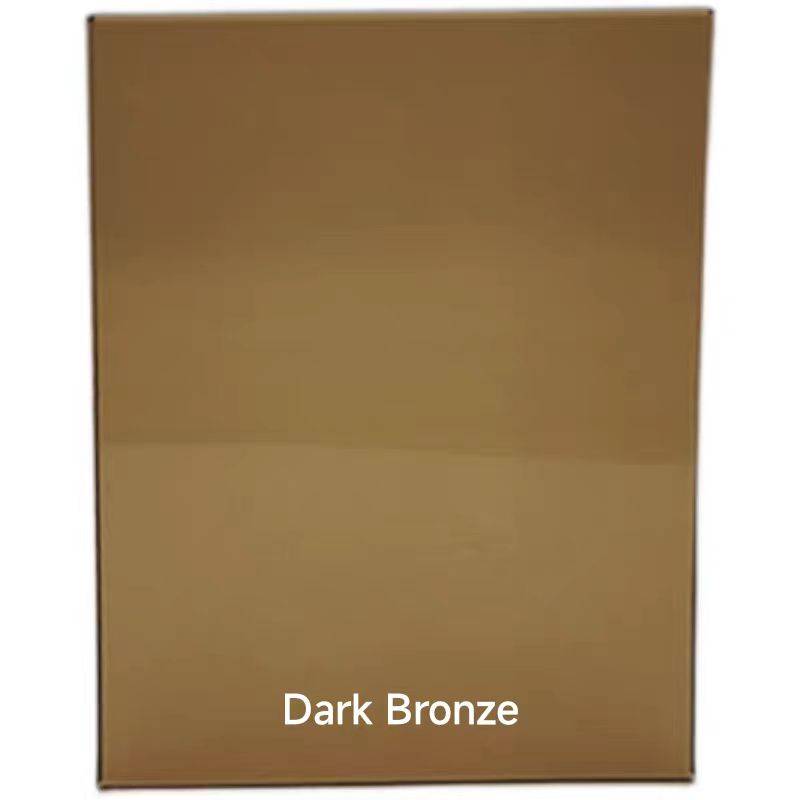

Reflective Blue Glass A Modern Aesthetic
Reflective blue glass has emerged as a captivating element in modern architecture and design, blending aesthetics with functionality in unique ways. This material, characterized by its vivid blue hue and reflective properties, serves as more than just a visual delight; it encapsulates a deeper synergy between nature, technology, and the contemporary human experience.
The use of blue glass in architectural design can be traced back to its ability to evoke a sense of tranquility and calmness reminiscent of clear skies or deep oceans. In today’s urban landscapes crowded with gray concrete and steel, reflective blue glass offers a refreshing alternative that not only beautifies environments but also enhances the mood of those who inhabit them. Structures adorned with this shimmering material can significantly contribute to a sense of well-being, as studies suggest that colors directly affect human psychology. Blue is often associated with feelings of depth, stability, and professionalism, making it an ideal choice for corporate buildings, hospitals, and educational institutions.
Moreover, the reflective nature of blue glass plays a crucial role in energy efficiency. Buildings that incorporate glass facades can reduce energy consumption by minimizing the need for artificial lighting during the day. The reflection of sunlight can illuminate interior spaces while simultaneously reducing heat buildup, thereby decreasing reliance on air conditioning systems. This contributes to a more sustainable approach in building design, aligning with the global movement toward eco-friendly architecture.

The allure of reflective blue glass is not confined to large-scale structures; it also finds its way into interior design
. From residential homes to commercial spaces, this striking material can create aesthetically pleasing features. Imagine a living room where walls of reflective blue glass play with light, creating dynamic shadows and reflections that change throughout the day. This use of blue glass also enhances privacy without sacrificing natural light, allowing homeowners to enjoy their personal space while still connecting to the world outside.In addition to its practical advantages, reflective blue glass has cultural implications that can’t be overlooked. Across different cultures, the color blue is often linked to spirituality, protection, and harmony. By incorporating reflective blue glass in communal spaces, architects and designers can foster a sense of unity and serenity among users. Public installations, such as parks or libraries, that utilize this material can create areas of refuge and contemplation in otherwise bustling cities.
Artists have also begun to explore the potential of reflective blue glass, using it as a medium to create thought-provoking installations that challenge perceptions of space and reality. As light interacts with the glass, it transforms the viewing experience, prompting observers to reconsider their surroundings and their relationship with the environment. Through this intersection of art and design, reflective blue glass not only serves functional purposes but also invites dialogue and introspection.
In conclusion, reflective blue glass represents a seamless fusion of beauty, utility, and sustainability in modern architecture and design. Its calming properties, energy efficiency, and cultural significance make it a versatile choice for both structural and decorative applications. As cities continue to evolve, embracing innovative materials like reflective blue glass will undoubtedly play a key role in shaping an aesthetically pleasing and environmentally conscious future. Whether through towering skyscrapers or serene interior spaces, the impact of this enchanting material is poised to leave an indelible mark on our visual landscape, enriching our lives in myriad ways.